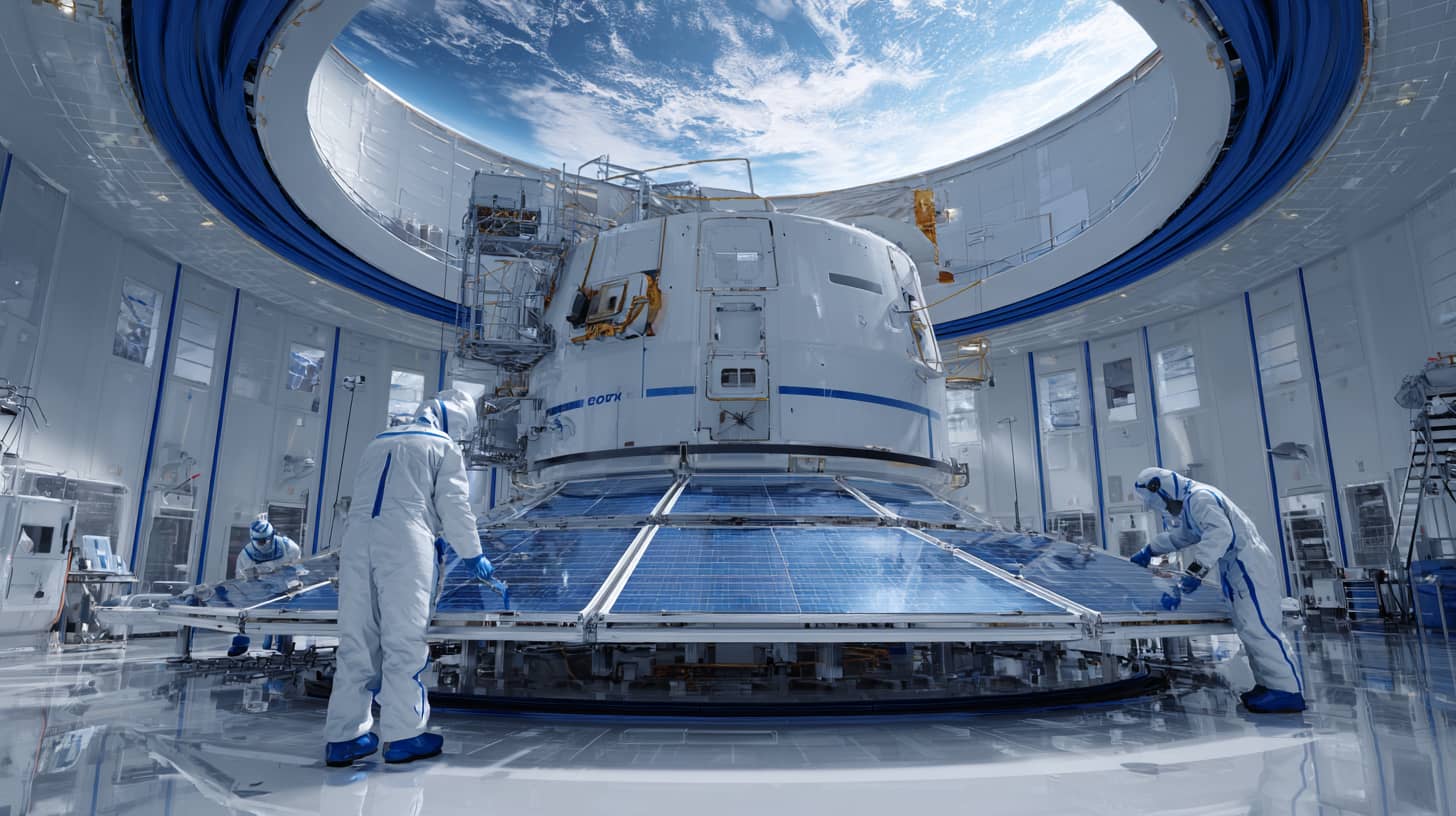Why the future of space travel depends on surface technology
What do Mars and the North Sea have in common? Both place extreme demands on surface protection. While offshore platforms have to withstand salt water and storms for decades, spacecraft have to fight against cosmic radiation, temperature fluctuations from minus 270 to plus 1200 degrees Celsius and re-entry into the Earth's atmosphere.
SpaceX is revolutionizing space travel not only with reusable rockets, but also with innovative surface treatment. The Starship program relies on stainless steel instead of aluminium or carbon fibre - a decision that creates new coating requirements.
Extreme environments require extreme surface protection
Space coatings have to overcome challenges that put terrestrial applications in the shade. During re-entry, temperatures arise that make steel glow. At the same time, the surface has to withstand absolute cold and vacuum in space.
The solution lies in multi-layer coating systems. Heat-resistant ceramic coatings protect against extreme temperatures, while special metal coatings compensate for thermal expansion. Anti-corrosion coatings prevent oxidation in oxygen-rich environments.
Technology transfer from earth to space
What makes German surface technology so valuable for the aerospace industry? The answer lies in decades of experience with extreme industrial applications. Coatings for chemical plants, blast furnaces and offshore structures have similar requirements in terms of temperature resistance and durability.
Aerospace coating specialists use proven technologies from industry and develop them further for space applications. Polyurethane systems that were originally developed for marine coatings are now used in protective coatings for satellites.
Precision determines mission success
A single coating defect can jeopardize multi-million dollar missions. This is why aerospace companies rely on certified surface protection specialists with proven experience in critical applications.
Quality control is carried out at the highest level. Each layer is measured with millimeter precision, checked for adhesion and documented. Coating inspection service includes X-ray inspection, thermography and vacuum tests.
Cost-effectiveness through reusability
SpaceX's vision of reusable rockets places new demands on surface protection. Coatings must not only survive the first flight, but dozens of missions without any loss of quality.
This requirement is driving innovation in surface technology. Self-healing coatings that automatically repair minor damage are already being tested. Nano technology enables ultra-thin layers with maximum protective effect.
The future begins today
Today's aerospace coatings will be standard in terrestrial applications tomorrow. Anyone investing in advanced surface technology today will benefit from technologies that have been tested under the most extreme conditions.
Professional coating service companies with aerospace experience bring these innovations to industrial applications. From offshore platforms to chemical plants - wherever extreme conditions prevail, space know-how pays off.
The stars are not the limit - they are the starting point for revolutionary surface technology.
